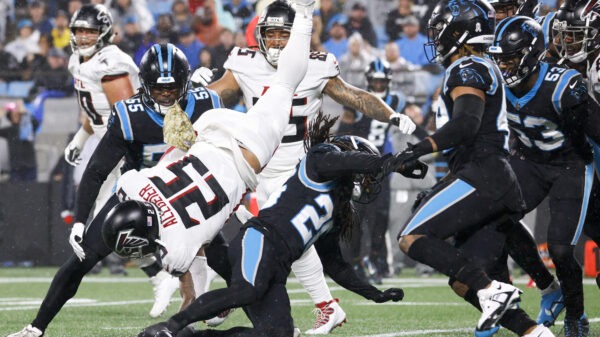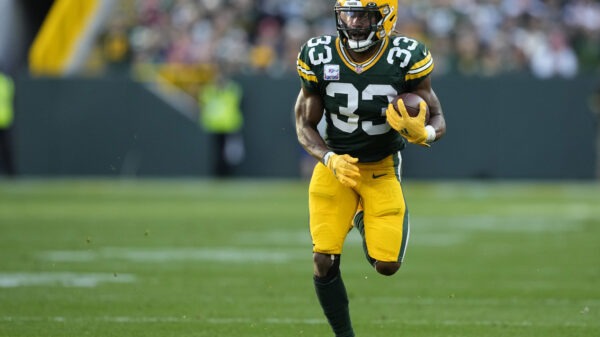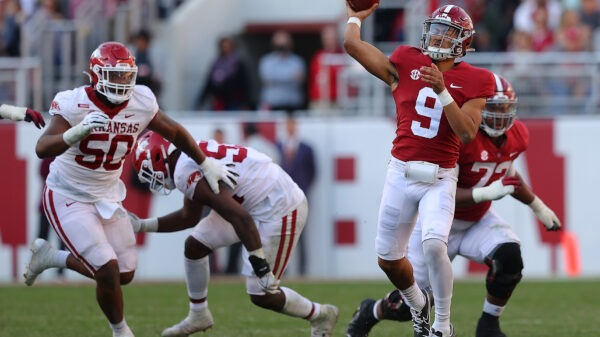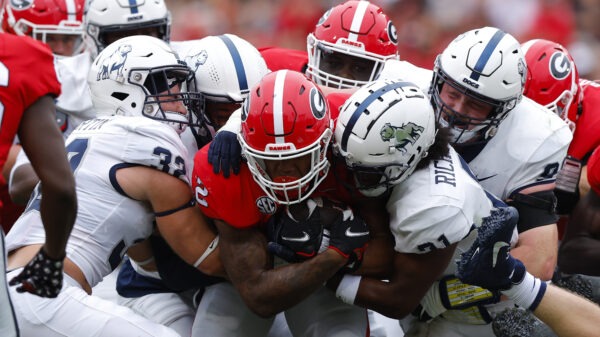Now that we have learned how NASCAR DFS contests and scoring work, we can apply the next step in dominating your DFS lineups each week. Being able to create a repeatable strategy and understanding what it takes to dominate your lineup each week is key. Part two of this How to Win your NASCAR DFS series will revolve around how to identify the quality drivers that offer the most value or bang-for-your-buck for each race. There are many factors that can lead to a driver having a good day or a bad day: whether it be the track conditions or the length of the track every driver has preferences and different conditions that allows them to dominate.
When looking for quality drivers on either DraftKings or FanDuel make sure you first look at the starting track position for each driver. Starting position can be a large factor in how the race goes, from the start to the end. In NASCAR DFS picking a driver who is starting late (position 20 and higher) can yield a big return if they end up making it into the top ten by way of place differential points (+/- 1 point on DraftKings, +/- 0.5 points on FanDuel). When you analyze the starting lineup, look for two-three driver who you think have the best chance to win at any race. Those drivers should, at almost any cost be inserted into your lineup. With the way points are awarded for laps led and final placing, having the winner and a mix of top five and top ten drivers can be very beneficial.
Now that you have identified the starting lineup it is time to look at who has performed well at the weeks track. For example, Kevin Harvick has eight wins at Phoenix International Raceway. The 2020 Championship race at Phoenix this year based on that knowledge would be a great example of track history being a factor in who you might pick to dominate the race. You may also want to look at drivers who have shown they can improve their track position at said race track. Does historical record show that the driver finishes better or worse on average from where they started.
In NASCAR and all racing in general you want your car to be fast. A great way to identify who can dominate is by analyzing practice lap times and qualifying lap times. In practice drivers will work with their teams to get their car as fast as possible. There are usually three practices each week. Practice one is used by most teams to focus on qualifying, practice two is used to make necessary adjustments to the car to make it as fast as possible, and practice three is used for final adjustments. Look at a 10-15 lap average time for drivers to see who is going to be the fastest on race day. This works in your favor as a DFS player as it allows you to gauge pre-race which cars are fast from the get-go. If you are playing in a GPP league practice is another way to judge who to start and just as importantly not start. A driver may for example qualify low but have excellent practice times. A drive team could also have a great qualifying time but not make the necessary adjustments in the final practices and be left in the dust by the rest of the field come race day.
Overall, when picking who to insert into your lineup make sure you pick who you think can win. Pick two-three drivers who have performed well in the past at the track of the week and who have had good practice and qualifying times.



















